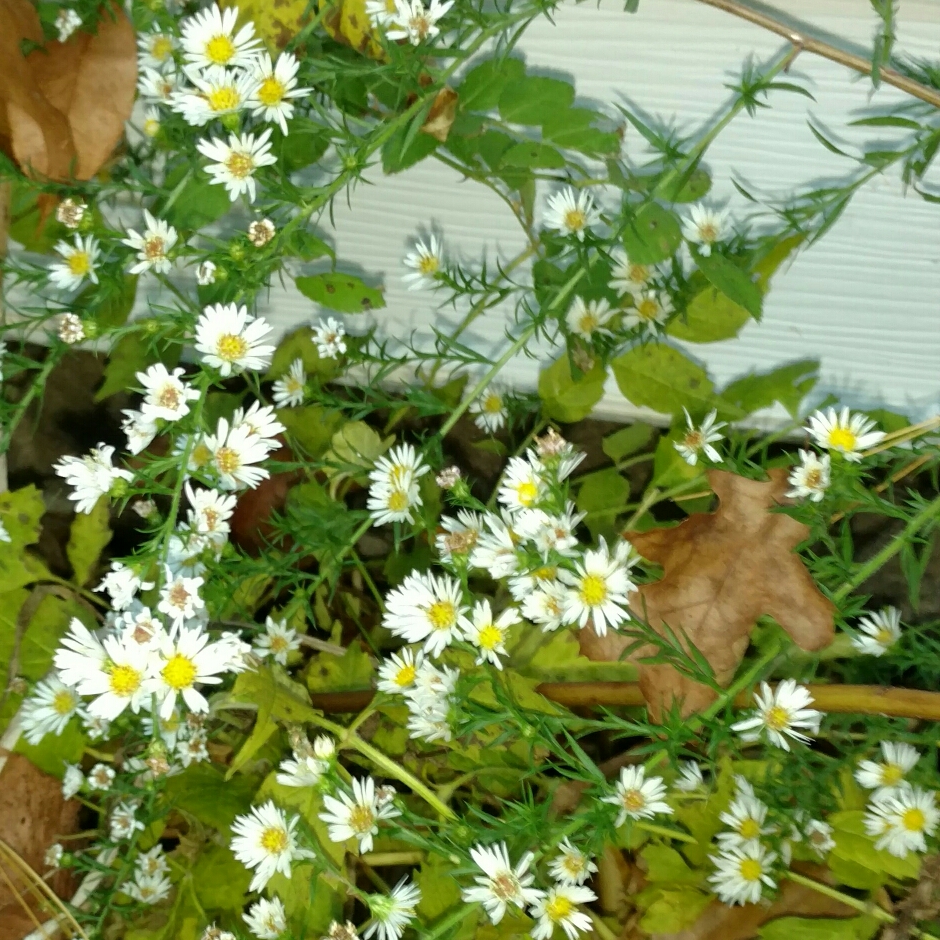
Erigeron strigosus
Prairie Fleabane
Erigeron are mainly a genus of perennial daisies with grey/green leaves and flowerheads up to 7cm across, with yellow centres and colourful ray florets. They grow mainly to 25cm tall making them suitable for a sunny border or rock garden. Erigeron strigosus is a biennial which has hairy, oval-shaped leaves a few centimeters long mostly on the lower part of the plant. It can produce as many as 200 flower heads on thin stems. Each flower contains 50–100 white, pink, or blue ray florets surrounding a yellow disc floret.
Contributed by @aes239
-
Full sun
-
Very little water
-
Frost Hardy: 23F (-5°C)
-
Moist and free draining
Common name
Prairie Fleabane
Latin name
Erigeron strigosus
type
Perennial
family
Asteraceae
ph
6.0 - 7.5 Acid - Neutral
Plant & bloom calendar
-
Best time to plant
full grown dimensions
 0.75 M
0.30 M
0.75 M
0.30 M
Erigeron strigosus
Erigeron are mainly a genus of perennial daisies with grey/green leaves and flowerheads up to 7cm across, with yellow centres and colourful ray florets. They grow mainly to 25cm tall making them suitable for a sunny border or rock garden. Erigeron strigosus is a biennial which has hairy, oval-shaped leaves a few centimeters long mostly on the lower part of the plant. It can produce as many as 200 flower heads on thin stems. Each flower contains 50–100 white, pink, or blue ray florets surrounding a yellow disc floret.
Planting
From Late Autumn TO Early Spring
Plant in a well drained, but moist and fertile soil in a sunny position in autumn or in spring. Some twiggy staking may be necessary to support the stems.








